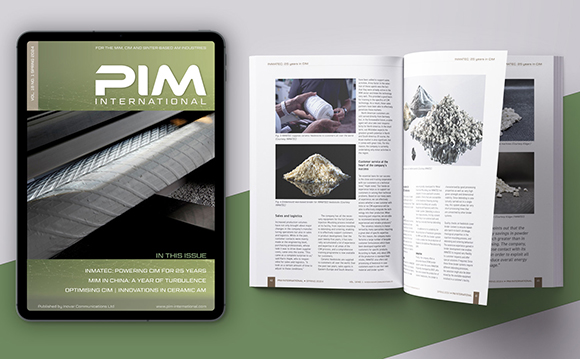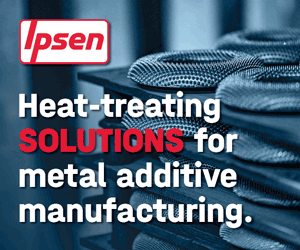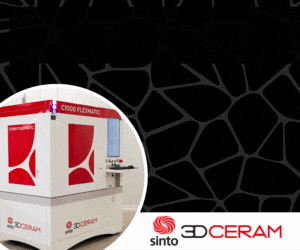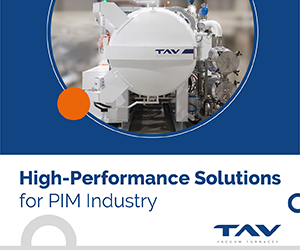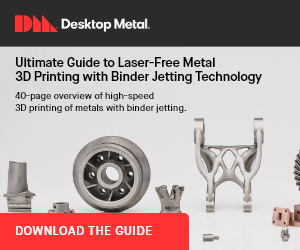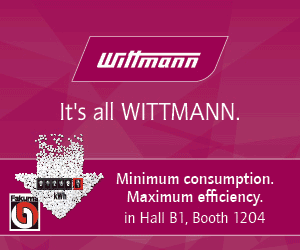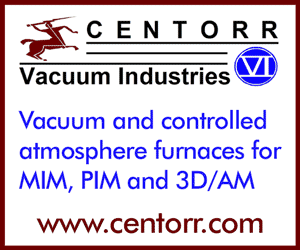Megamet demonstrates hollow MIM components using ‘Dissolving Core Technology’
June 10, 2010
Megamet Solid Metals, Inc., Earth City, Missouri, USA, presented their development of ‘Dissolving Core Technology’ for the processing of complex hollow MIM parts at the MIM2010 Conference, Long Beach, March 29-31. The process, the company claims, offers the ability to produce geometries that had previously been impossible using traditional MIM processing alone.
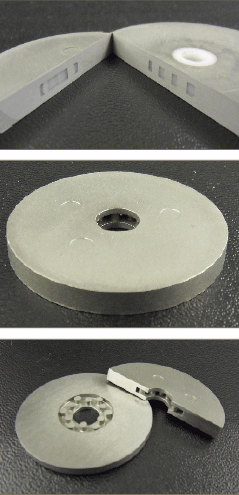
Top, As moulded component cut open to show the Acetal core; Centre, A sintered component with core removed; Bottom, An exposed view showing the internal cavities (Courtesy Megamet Solid Metals, Inc.)
The process relies on the use of a dissolvable Acetal core to produce the required internal geometry. This core can then be removed during catalytic debinding, as Acetal is a primary binder ingredient in the MIM feedstock used.
Megamet successfully produced demonstration parts using this process, with an internal geometry that would be impossible to produce using the slides or lifters available in standard MIM processing. Sintering was performed using standard furnace programming with no additional considerations for the internal cavity. The finished parts were then cross sectioned to inspect for the quality of the mould fill and for any distortion of the core, however no problems were observed.
It is expected that this process could be used with other feedstock and binder systems, however other systems have not been tested at this time. The company indicated that more research was needed into the size limitations of the dissolving core, thickness limitations during debinding, dimensional behaviour and consistency, and the condition of the surface of the as sintered MIM component adjacent to the acetal core.
In an unrelated development, BASF SE, producer of the Catamold feedstock system, proposed the use of a similar process to enable the production of MIM turbine wheels for automotive turbocharger systems. In this instance, a dissolvable core was proposed as a route to reduce section thickness in MIM turbine wheels, reducing the possibility of cracks and distortion during debinding and sintering – see Powder Injection Moulding International, Vol. 3 No. 2 June 2009, pages 37-42.




